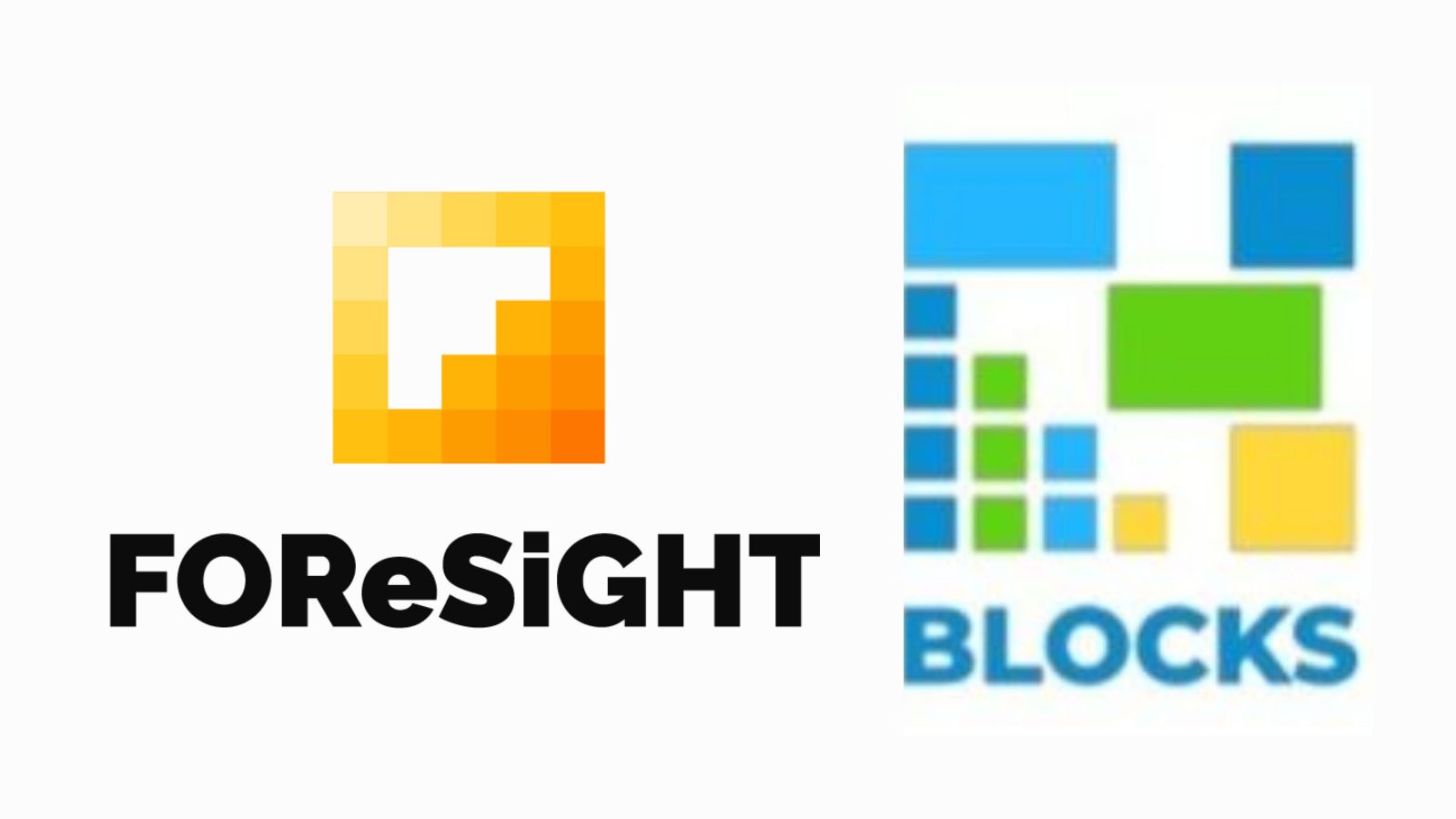7
AugustScaling and Managing Large Applications with React
As the digital landscape continues to evolve, the demand for complex and feature-rich web applications is on the rise. React, with its component-based architecture and powerful ecosystem, has become the go-to framework for building interactive user interfaces. However, as applications grow in size and complexity, scaling and managing them effectively become paramount. In this comprehensive blog, we will explore the challenges of scaling large applications with React and provide valuable strategies to ensure success in handling intricate projects. Visit ReactJS Course in Pune
Understanding Application Scalability:
Scalability refers to a system's ability to handle increased load and maintain performance. We'll delve into the challenges that arise as React applications grow in terms of components, state management, and data flow.Modularization and Component Design:
The cornerstone of React's architecture is its component-based design. We'll discuss the importance of modularizing your application into reusable and manageable components to promote code reusability, maintainability, and collaboration.State Management Solutions:
As applications scale, managing state becomes crucial. We'll explore different state management solutions like Redux, Mobx, and React's Context API. Choosing the right solution for your application's needs can streamline state handling and prevent data chaos.Effective Routing and Navigation:
Large applications often require intricate navigation systems. We'll delve into using React Router to create a structured and dynamic navigation experience that ensures seamless movement between different sections of your app.Code Splitting and Lazy Loading:
Large applications can suffer from slower load times. We'll discuss the benefits of code splitting and lazy loading to optimize performance by loading only the necessary code when it's required, enhancing user experience.Optimizing Rendering Performance:
Rendering bottlenecks can hinder large applications. Techniques like shouldComponentUpdate, PureComponent, and React.memo can optimize rendering by preventing unnecessary re-renders and improving overall performance.Server-Side Rendering (SSR) and Static Site Generation (SSG):
For applications requiring enhanced SEO and faster initial load times, SSR and SSG are powerful options. We'll explore frameworks like Next.js that facilitate server-side rendering and static site generation for React applications.Testing and Quality Assurance:
Maintaining code quality becomes challenging as applications grow. We'll discuss the importance of testing, including unit tests, integration tests, and end-to-end tests, to ensure your large application functions as intended. Learn more ReactJS Classes in PuneContinuous Integration and Deployment (CI/CD):
Automating your development workflow through CI/CD pipelines ensures that changes are thoroughly tested and deployed consistently. We'll explore tools like Jenkins, Travis CI, and GitHub Actions for smooth deployment processes.Monitoring and Performance Optimization:
Large applications require constant monitoring to identify and resolve performance bottlenecks. We'll delve into tools like React Profiler and browser developer tools to diagnose performance issues and optimize your app's performance.Collaboration and Documentation:
Effective communication and documentation are crucial as teams collaborate on large projects. We'll discuss using tools like Storybook for component documentation and version control systems like Git to streamline collaboration.Scalability Patterns and Micro-Frontends:
For extremely large and complex applications, micro-frontends can be a solution. We'll explore how micro-frontends, along with other scalability patterns, can break down monolithic applications into manageable units.
Conclusion:
Scaling and managing large applications with React is both a challenge and an opportunity. By implementing the strategies outlined in this blog, developers can navigate the complexities of growing applications, maintain code quality, and deliver exceptional user experiences. React's flexible architecture, combined with state-of-the-art tools and best practices, empowers developers to conquer the challenges of scalability and realize the full potential of their ambitious projects. As you embark on the journey of building and scaling large React applications, remember that careful planning, continuous learning, and a commitment to excellence will pave the way for success in the ever-expanding realm of web development.
